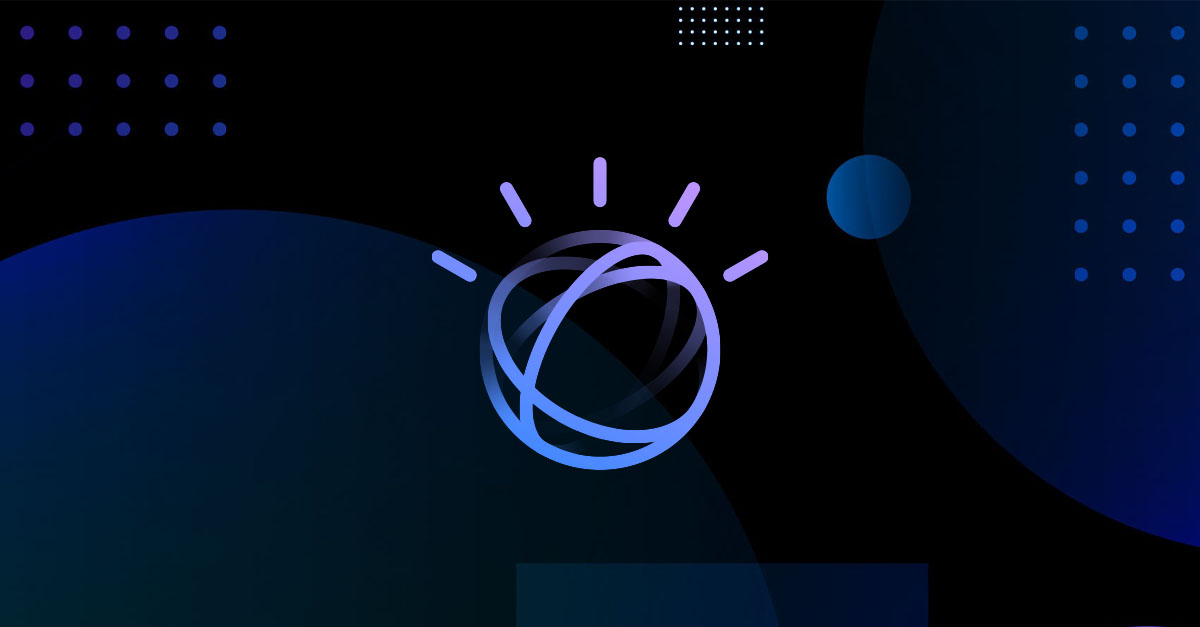Amazon Web Services (AWS) has been a leader in cloud computing since 2006. Its success depends on a strong network of channel partners. These partners are brought together through the AWS Partner Network (APN), which fosters collaboration and enables the creation of solutions and services for customers. The APN has expanded over time to include various programs. It's worth noting that the APN has over 130,000 partners from 150 countries, with nearly 70% headquartered outside the US. Although large enterprises have greatly benefited from these programs, AWS has recognized small and mid-sized businesses (SMBs) play a significant role in the global economy. As a result, AWS has recently introduced the SMB Competency Program, a strategic initiative designed to empower partners serving SMB customers. After extensive discussions with partners and an in-depth understanding of SMB requirements, AWS unveiled its robust program in January 2024.
AWS SMB Competency Partners provide solutions and services tailored to SMBs' requirements. This covers platform solutions such as migration and modernization, security, data storage, disaster recovery, artificial intelligence/machine learning, and SaaS solutions, including accounting, resource management, customer service, and relationship management. AWS SMB Competency Partners serve as a single source for SMBs who want to use the AWS cloud to solve their specific business problems.
The inaugural iteration of the program comprises 30 partners, spanning services and software with expertise in managed services, security, AI, modernization, migration, disaster recovery, and cloud business applications. These categories have been thoughtfully chosen to align with SMB priorities.
I have personally spoken with each of these 30 partners, and they unanimously endorse and express enthusiasm for the AWS SMB Competency program.

According to Techaisle’s 2024 research data on SMB and Midmarket priorities and challenges, 55% of customers view partner competencies as “absolutely essential” when assessing partner capabilities. In contrast, 36% of customers prioritize certifications in their evaluation. This emphasizes competencies' critical role in demonstrating a partner’s expertise and ability to meet customer needs.
Focused on growth and committed to new solutions that expand business horizons – the SMB market is on the brink of a multi-year growth trajectory.














